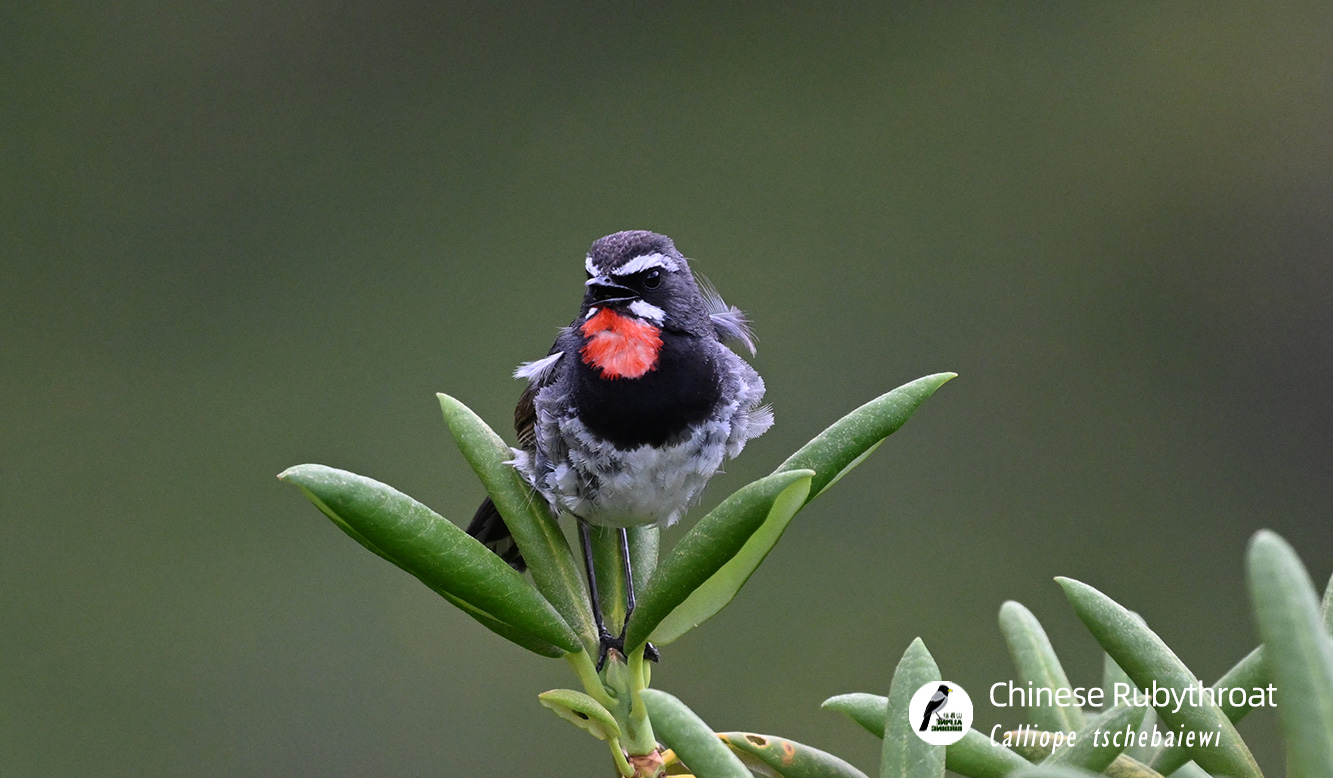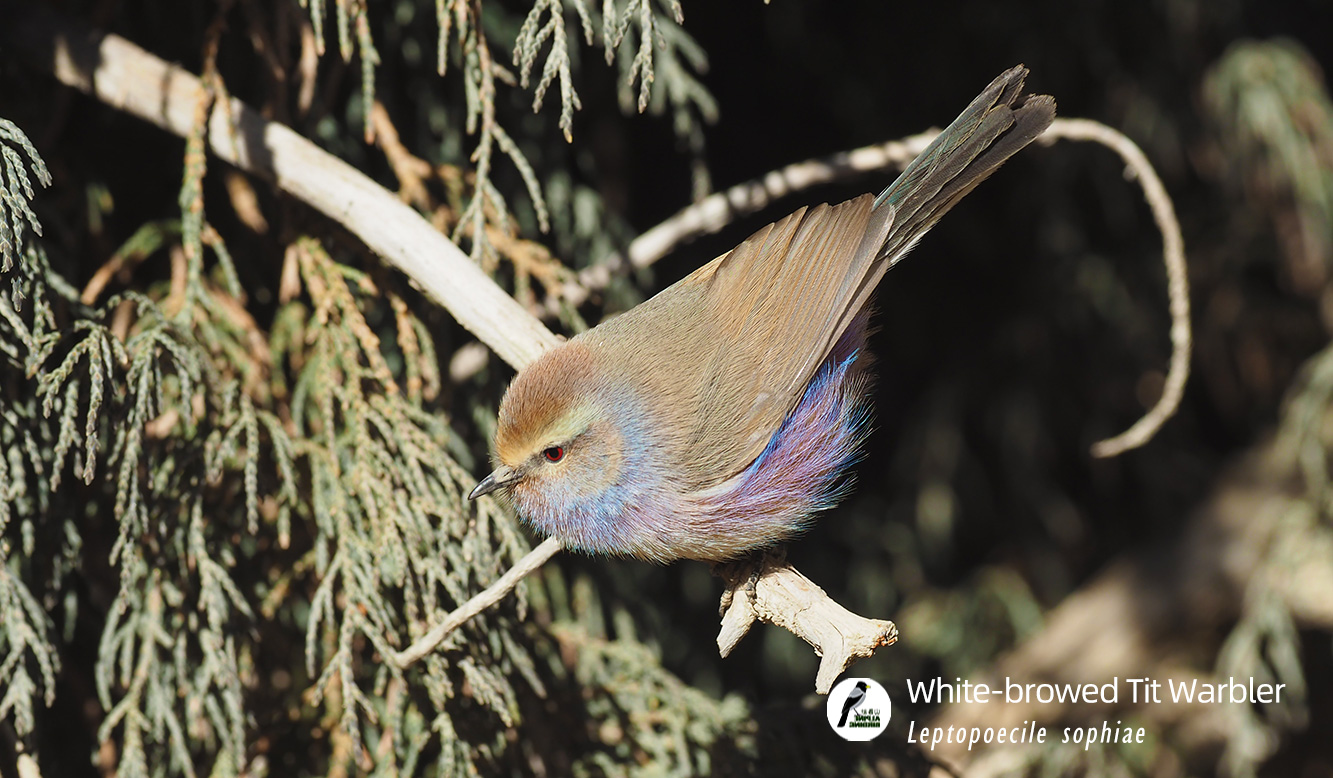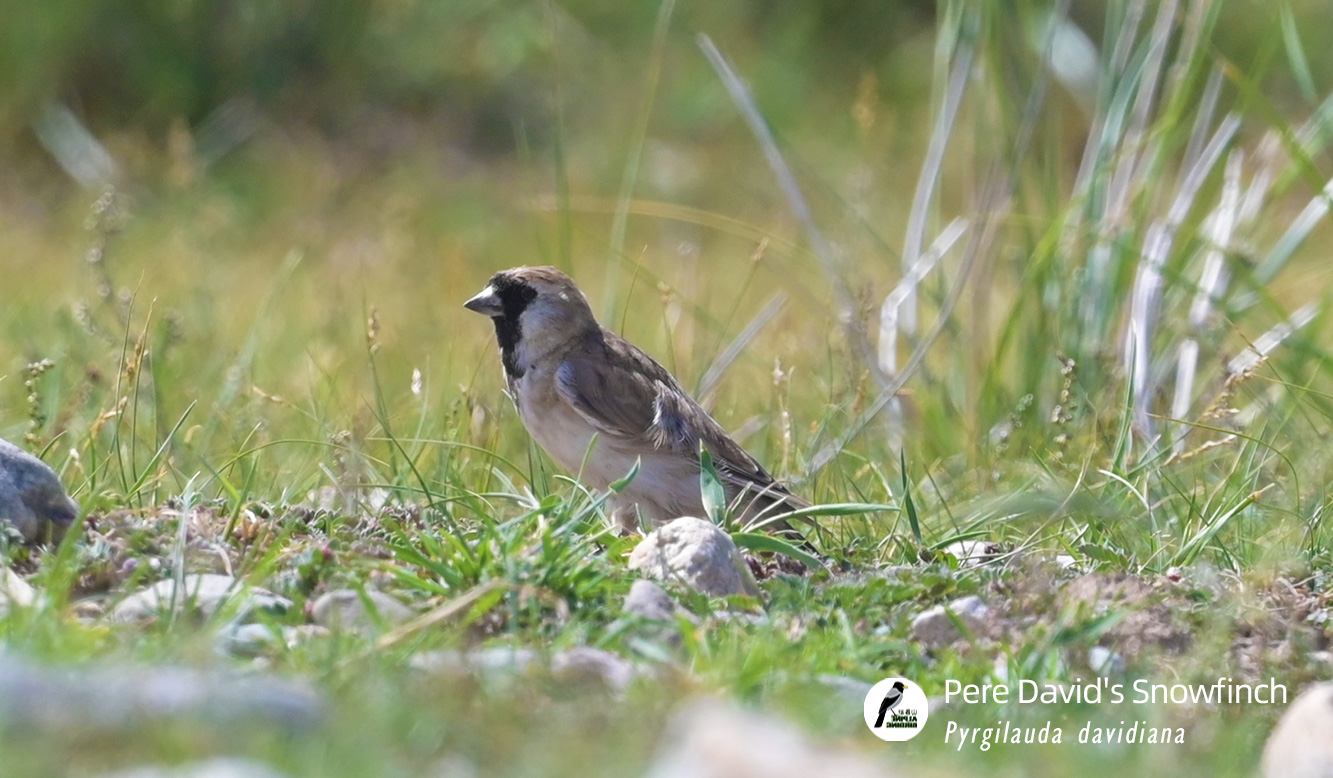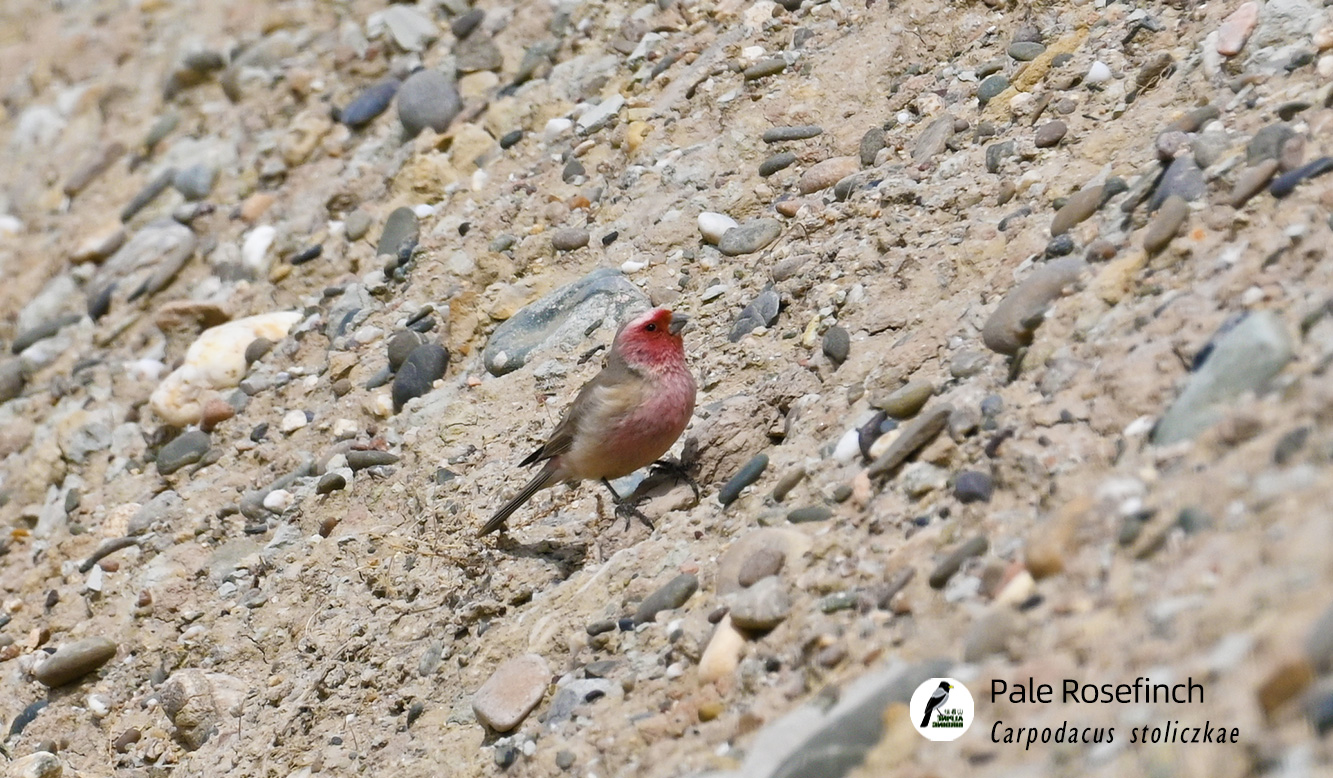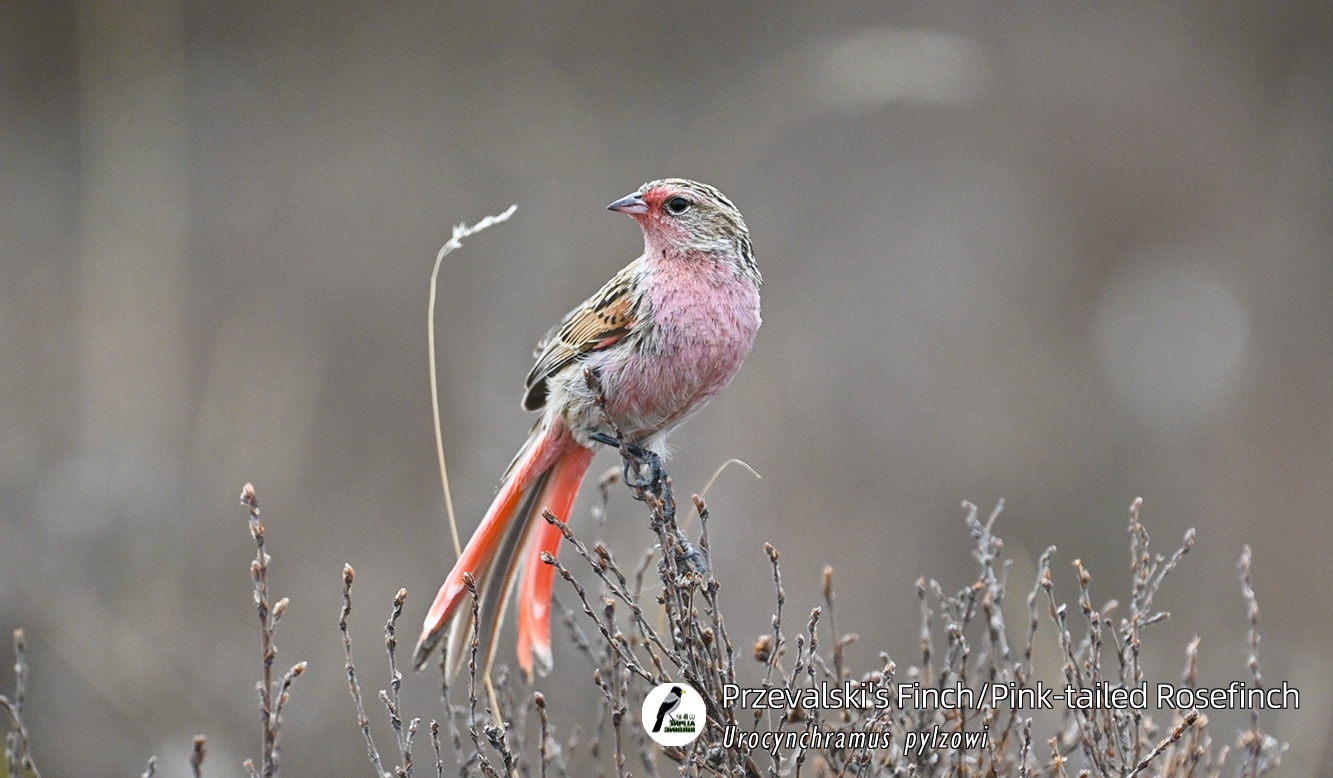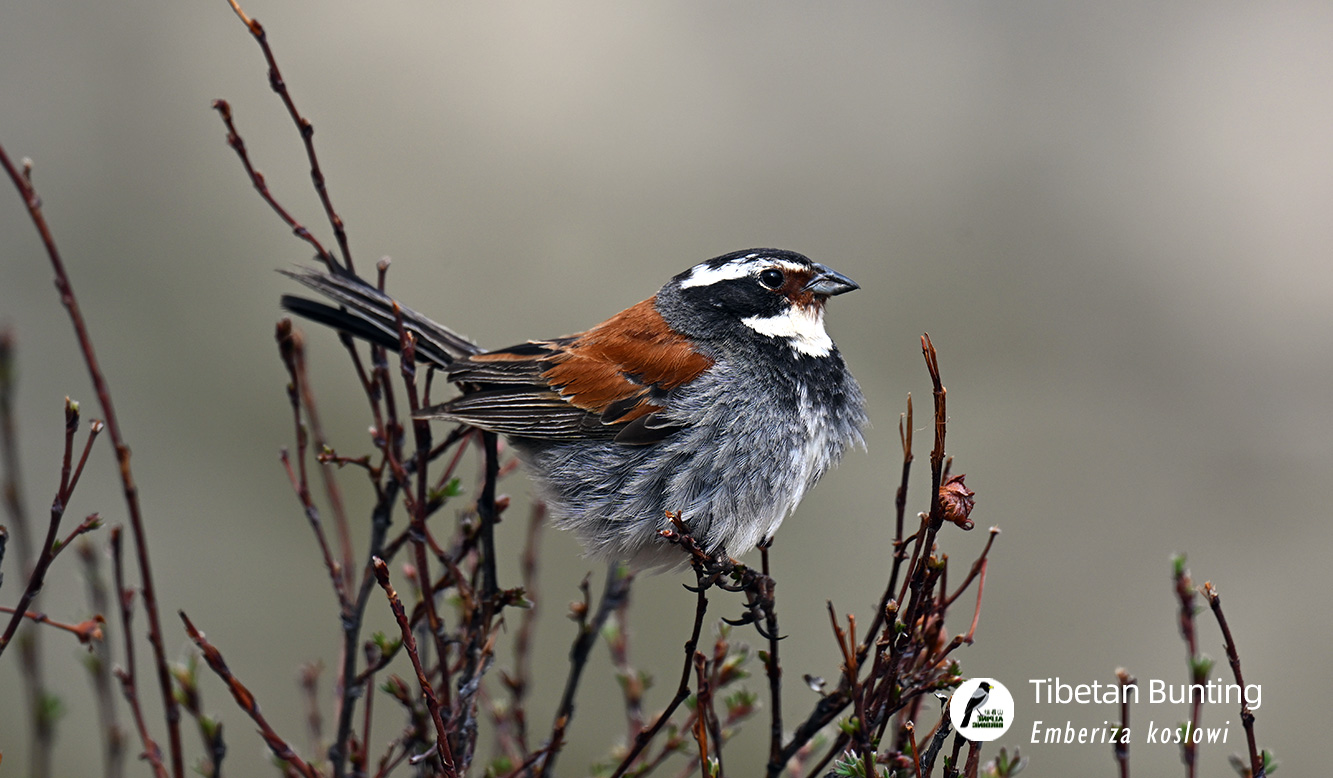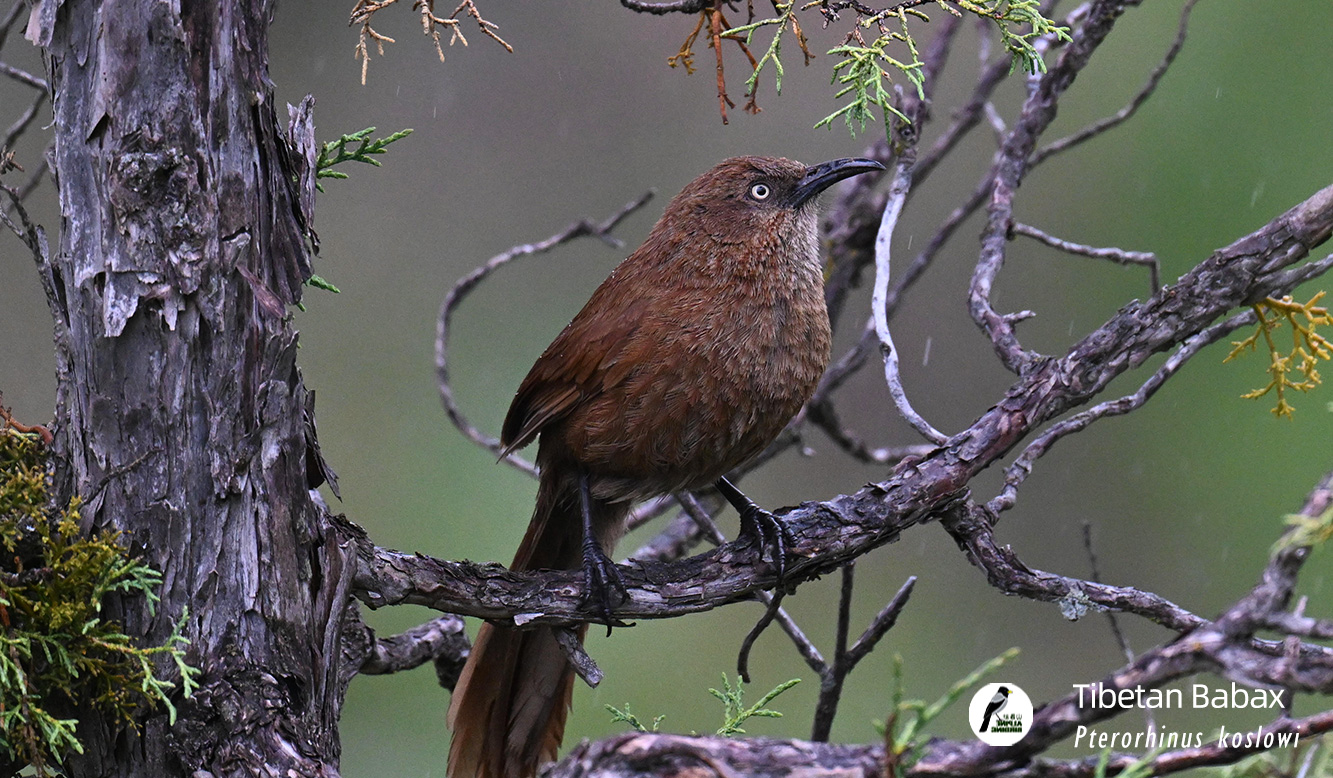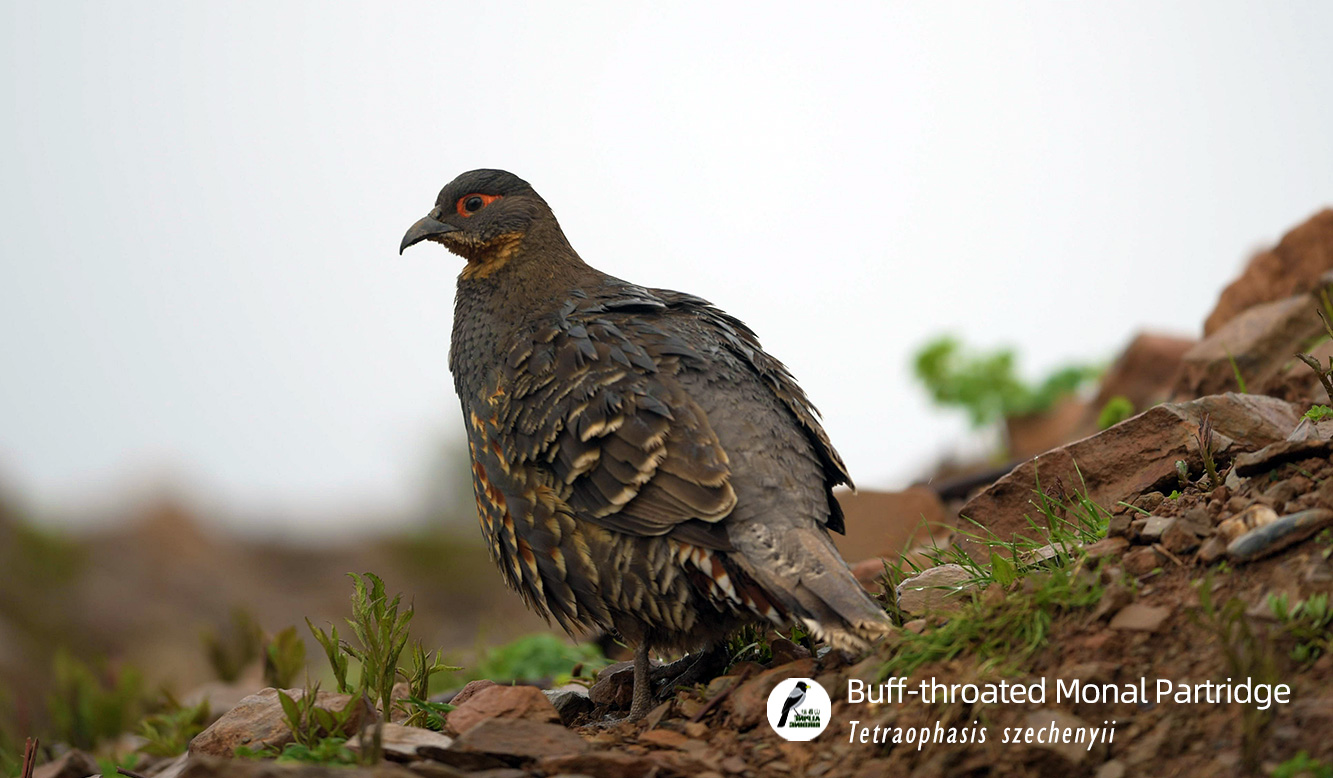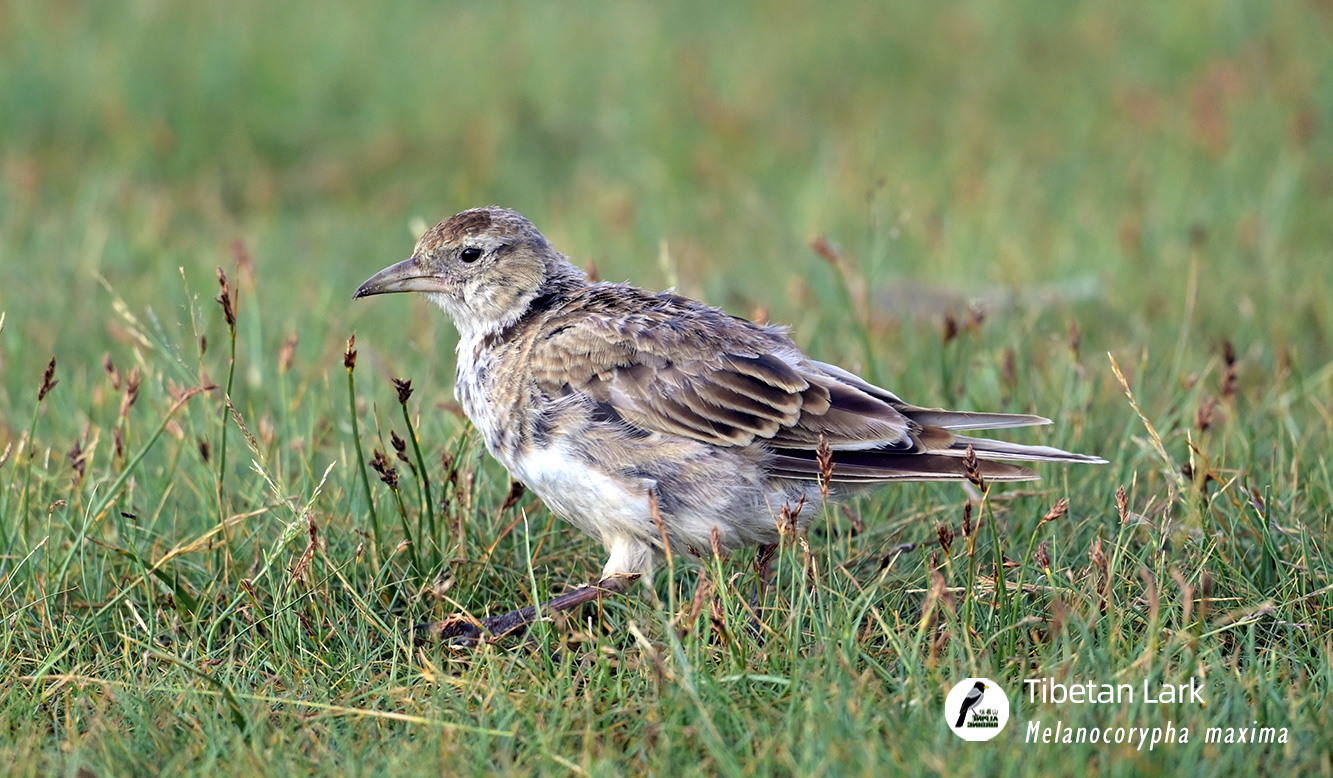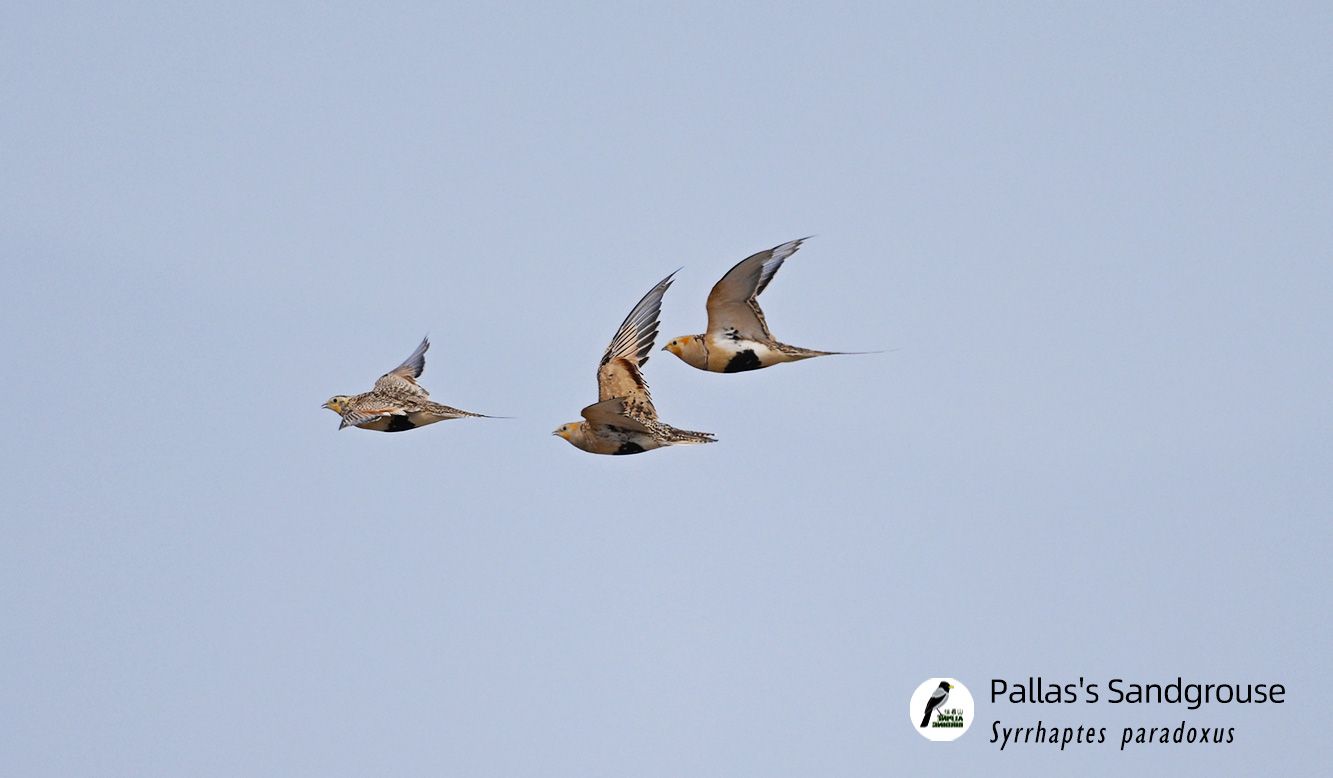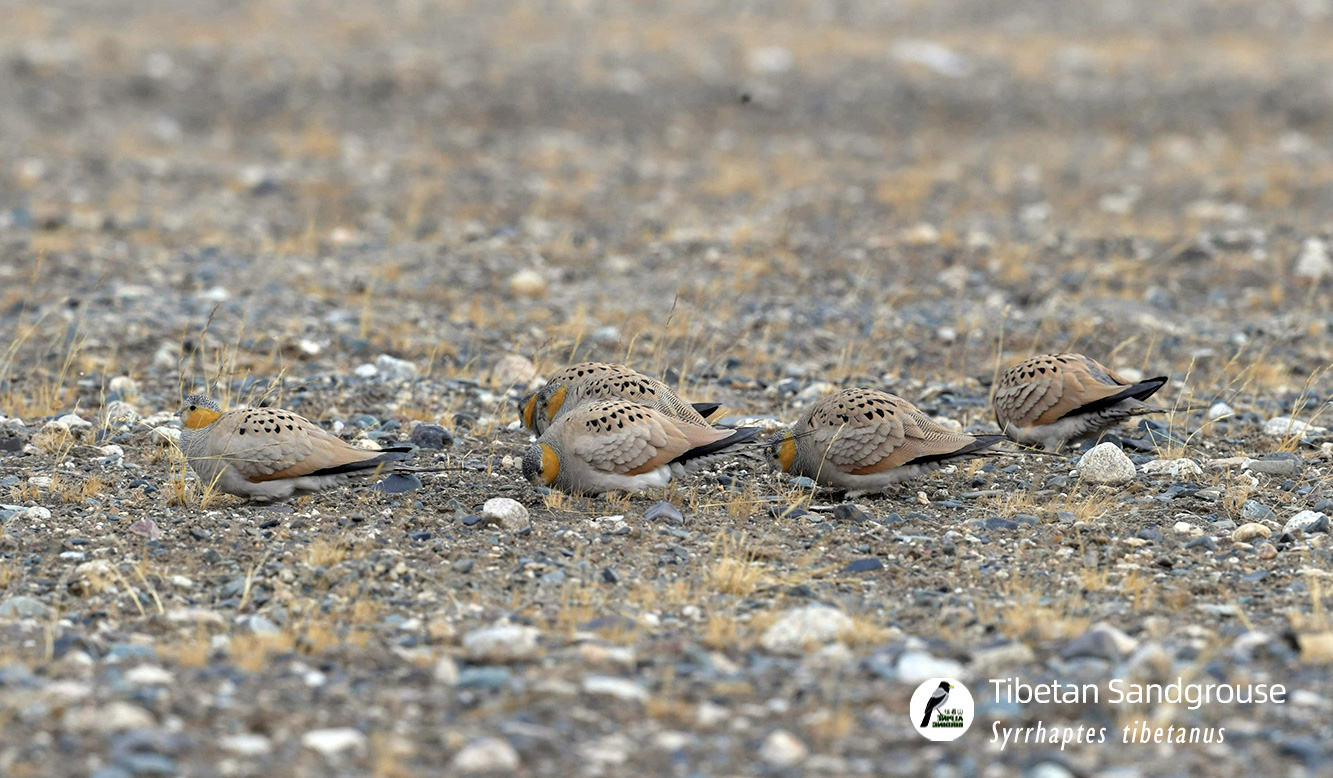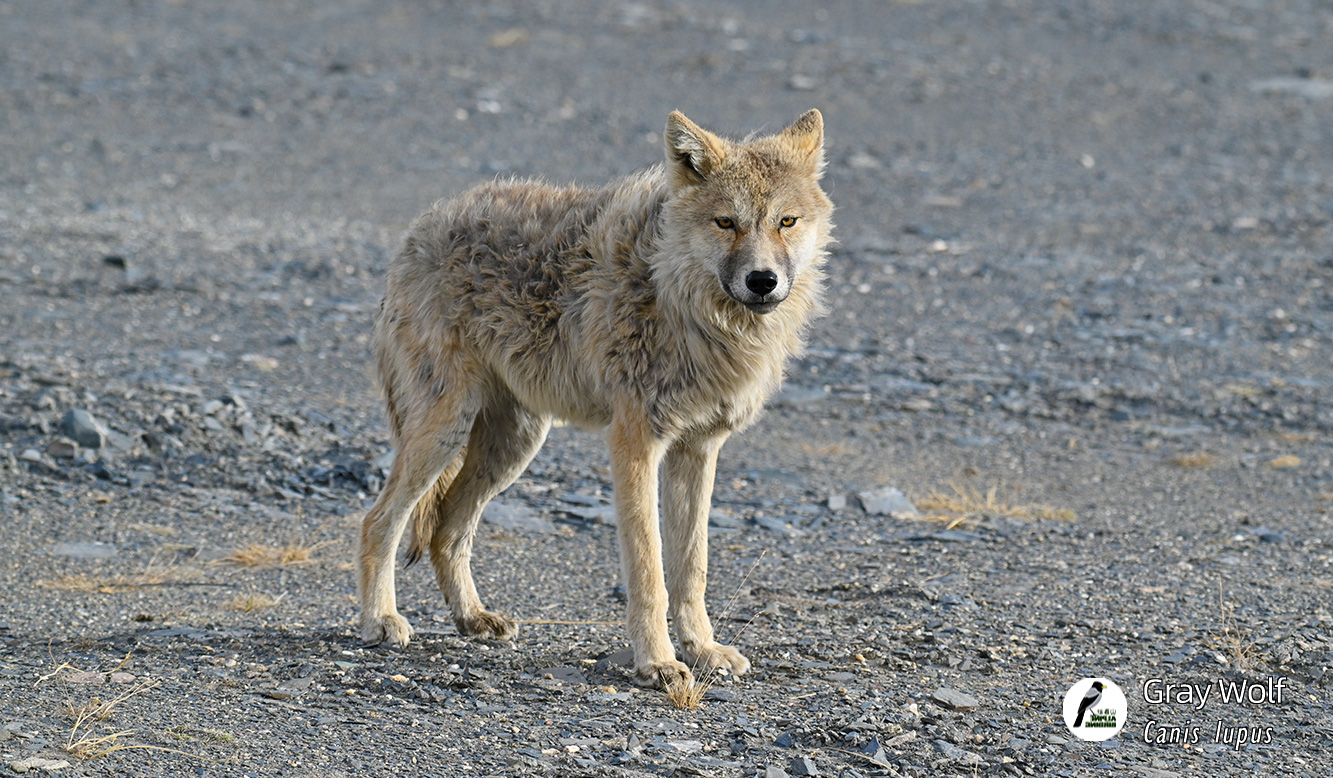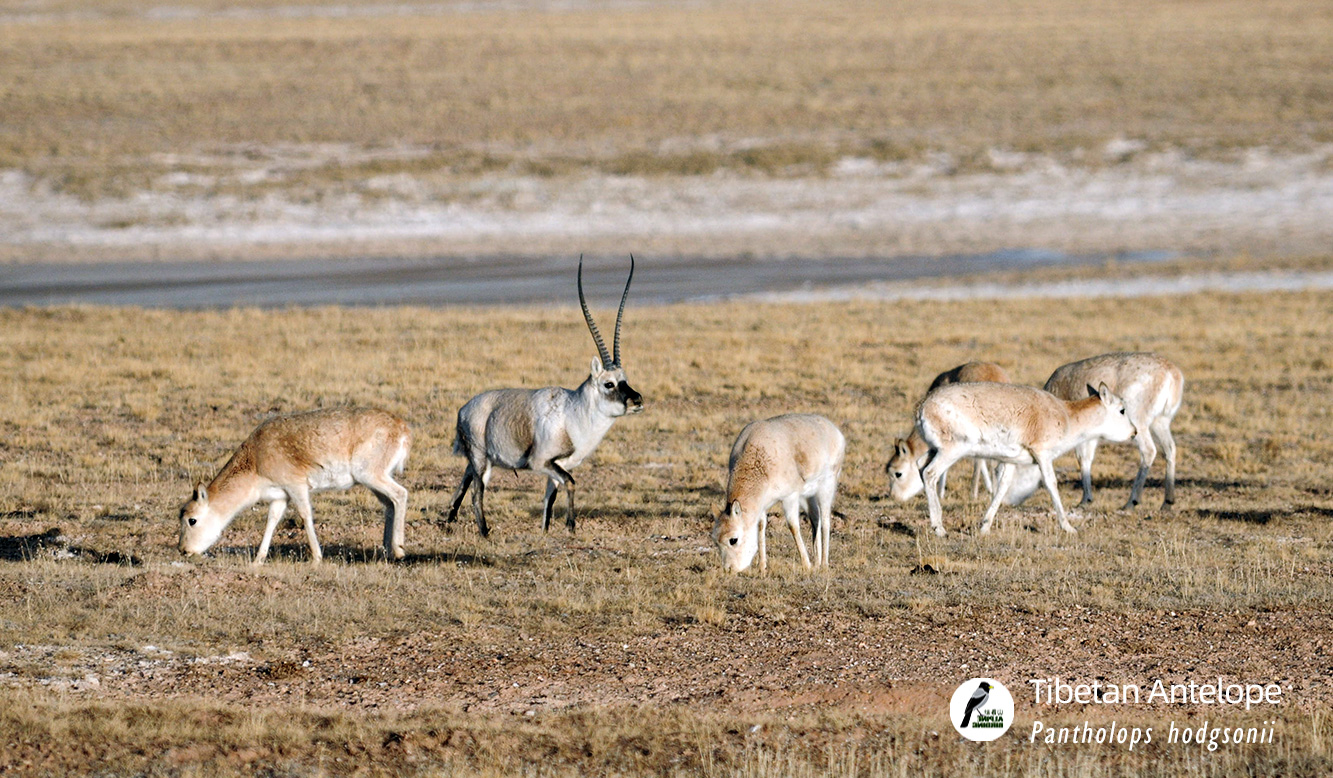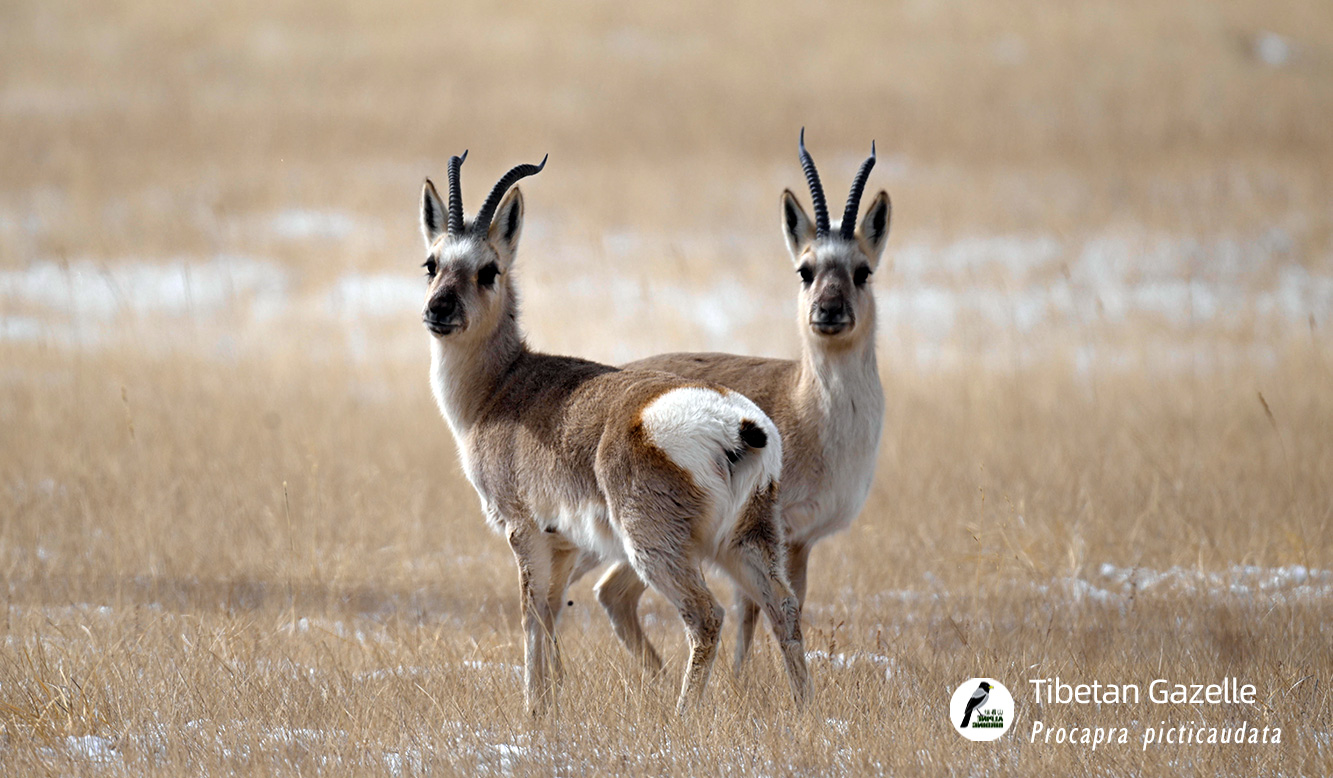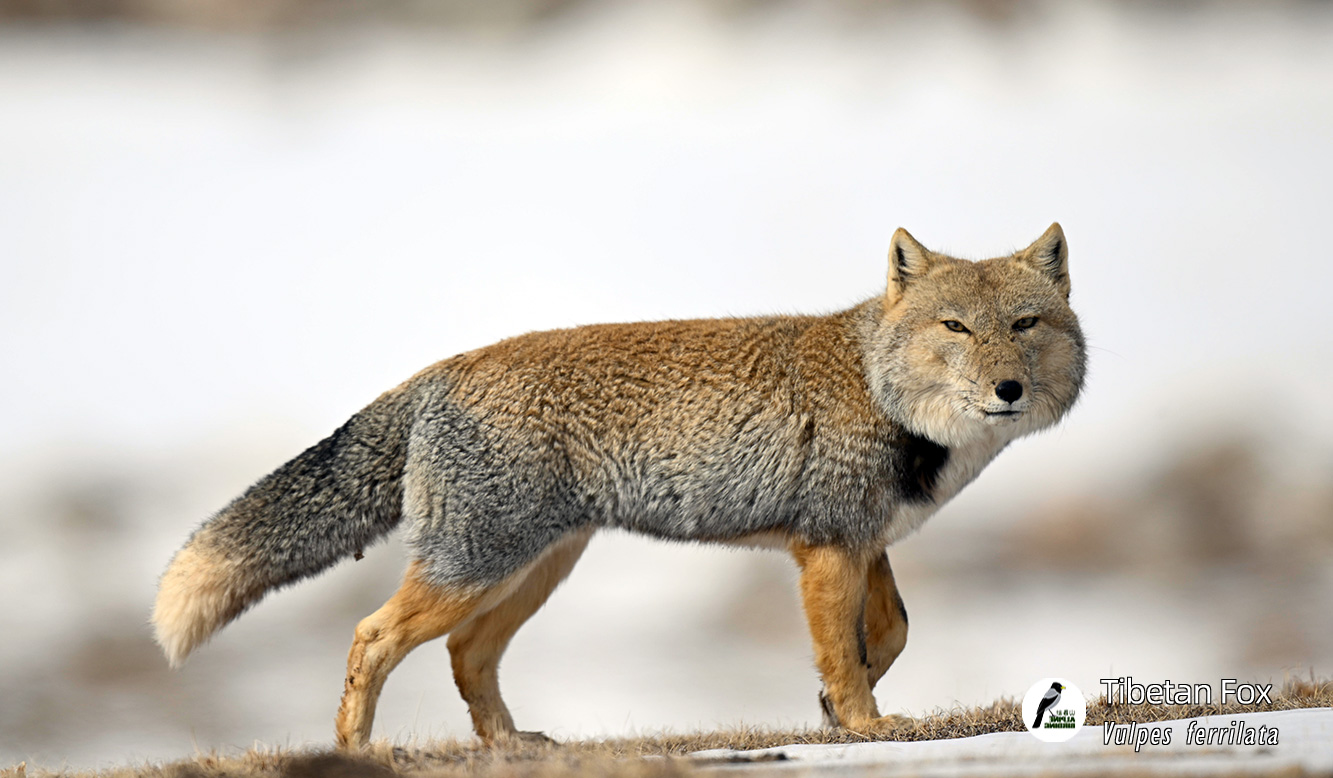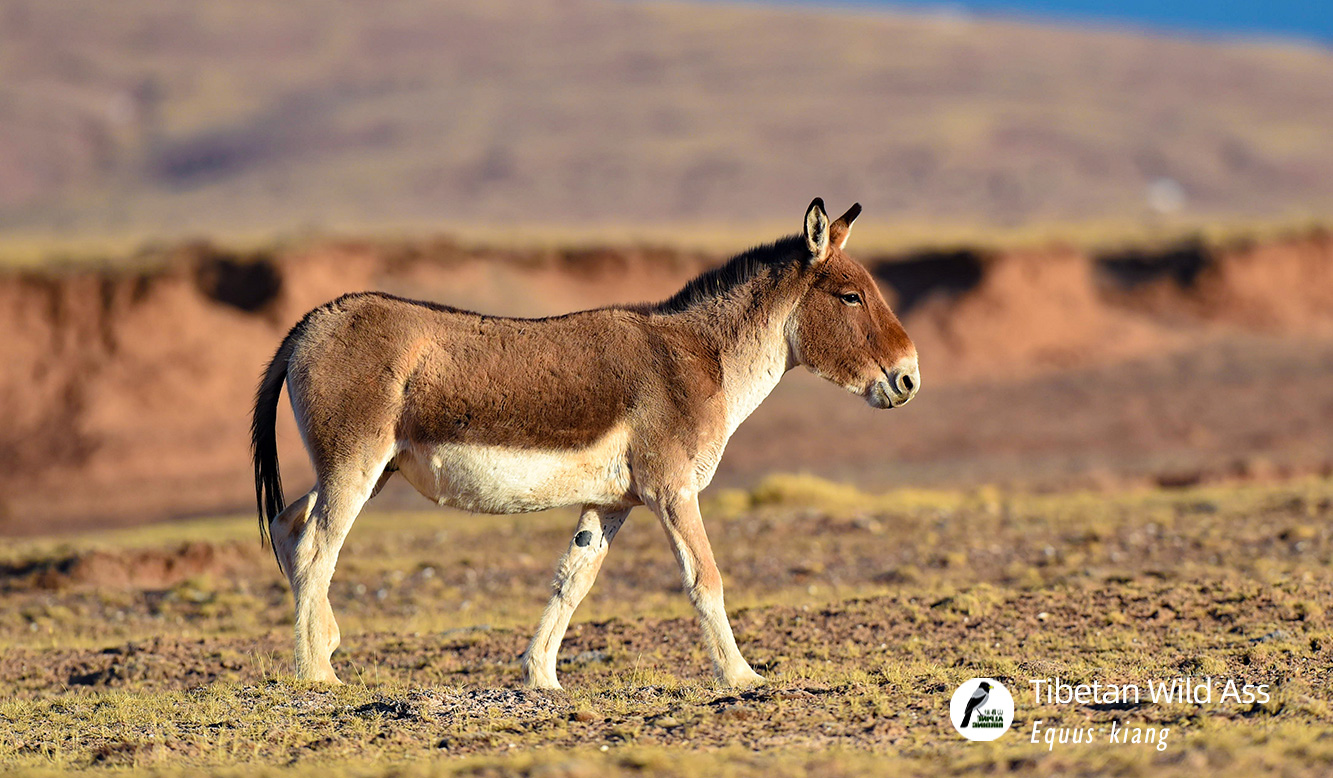Day 1: Arrival Xining (~2300m)
Today, your AlpineBirding guide or driver will meet you in Xining, the capital of Qinghai Province and the largest city on the Tibetan Plateau. From the airport, you will be transferred to your hotel in the city. Depending on your arrival time, you may join an easy birding walk this afternoon at a nearby mountain or city park, searching for forest birds such as Eurasian Sparrowhawk, Grey-headed Woodpecker, Plain Laughingthrush, Oriental Turtle Dove, Hill Pigeon, Chestnut Thrush, Godlewski's Bunting, Red-billed Chough, Black Redstart, and Daurian Redstart. We will also look out for the Pale Rosefinch.
After the exploration, we will enjoy a welcome dinner at a local restaurant, where your guide will brief you on the trip and participants will have a chance to get to know each other.
Day 2: Xining / Datong / Gangcha (4hrs, 2300-3300m).
This morning, we will depart early from Xining city and drive north to Datong Dongxia Forest Park. The forest is dominated by evergreen conifers, with lush shrubs filling the gaps and openings, providing excellent habitat for small forest birds. Our focus will be on nuthatches, warblers, tits, and more. Exciting species to look for include Crested Tit Warbler, White-browed Tit Warbler, Gansu Leaf Warbler, Chinese Nuthatch (Snowy-browed Nuthatch), Przewalski's Nuthatch (White-cheeked Nuthatch), Plain Laughingthrush, Elliot's Laughingthrush, Siberian Rubythroat, and Chinese Thrush. As we explore the different hills, the dense forest also hosts notable species such as Daurian Jackdaw, Rook, Kessler's Thrush, Chestnut Thrush, Common Rosefinch, Chinese White-browed Rosefinch, Grey-headed Bullfinch, Grey-capped Greenfinch, Red Crossbill, Slaty-backed Flycatcher, White-throated Redstart, Rufous-vented Tit, and others.
After lunch at a local restaurant, we will continue to Gangcha. Along the way, we’ll take time to enjoy the breathtaking scenery of Qinghai Lake and observe waterfowl, including the Black-necked Crane—the only crane species breeding on the plateau. Other sought-after species include Bar-headed Goose, Northern Pintail, Red-crested Pochard, Eurasian Wigeon, Whooper Swan, Ferruginous Duck, Ruddy Shelduck, Tufted Duck, Black-necked Grebe, Great Crested Grebe, Little Grebe, Pallas's Gull, Kentish Plover, Pale Martin, Green Sandpiper, and Common Redshank.
We will also spend some time in the nearby shrubs and grasslands searching for the Endangered Przewalski's Gazelle, and bird species like Twite, Hume's Short-toed Lark, Asian Short-toed Lark, Mongolian Lark, Tibetan Lark, Rufous-necked Snowfinch, Pere David's Snowfinch, Isabelline Wheatear, Ground Tit, and more.
Day 3: Gangcha / Chaka (3hrs, 3300-3800-3100m).
We can spend the morning around the lake area to revisit our target species if needed. Then, we’ll drive on to Chaka, birding along the way at Rubber Mountain. The mixed shrubs and meadows here provide ideal habitat for the Pink-tailed Bunting (Przewalski's Finch), a unique bird belonging to its own family. The mountain slopes’ scrub also shelter many exciting species, including the elusive Tibetan Partridge, Streaked Rosefinch, Chinese White-browed Rosefinch, Tibetan Snowfinch, White-rumped Snowfinch, Rufous-necked Snowfinch, Black-winged Snowfinch, Rufous-breasted Accentor, Brown Accentor, Robin Accentor, White-browed Tit, Ground Tit, Himalayan Griffon, Lammergeier (Bearded Vulture), Upland Buzzard, Saker Falcon, and more.
Day 4-5: Chaka ( ~3100m).
Our next two days will be spent exploring the harsh desert and arid mountain ranges of Chaka, searching for plateau and desert species. Many of these birds require patience, as they are expertly adapted to remain hidden in this vast ecosystem—but they are well worth the effort. For example, the stunning Pallas's Sandgrouse is a desert specialist, perfectly camouflaged in the ochre desert steppe. We will also seek other sought-after species such as Henderson's Ground Jay, Isabelline Shrike, Isabelline Wheatear, Desert Wheatear, Crested Lark, Asian Short-toed Lark, Hume's Short-toed Lark, Mongolian Finch, Pere David's Snowfinch, and Blanford's Snowfinch.
In the forests bordering nearby villages, our focus will shift to arboreal species like Great Spotted Woodpecker, White-cheeked Starling, Eurasian Hoopoe, Azure-winged Magpie, Upland Buzzard, and Amur Falcon. Additionally, we will explore nearby valleys with bush fallows and meadows to search for rare and elusive birds such as Przevalski's (Ala Shan) Redstart, Rusty-necklaced (Przevalski's) Partridge, Daurian Partridge, Tibetan Partridge, Hill Pigeon, Black Redstart, Pine Bunting, Tarim Babbler, Bearded Reedling, Lesser Whitethroat, and more.
Day 6: Chaka / Gonghe (4hrs, 3100-2900m)
We will spend the morning in Chaka for another chance at our target species, then drive to Gonghe in the afternoon. After arrival, we’ll visit the nearby Longyangxia Canyon to enjoy its breathtaking scenery and look for unique species such as Pale Rosefinch, Mongolian Finch, Isabelline Wheatear, Godlewski's Bunting, and more.
Day 7: Gonghe / Xinghai (5hrs, 2900-4500-3300m)
We will spend the morning around Ela Mountain Pass, at approximately 4,300 meters, focusing on the alpine screes in search of endemic and alpine species. Our primary target is the rare and highly range-restricted Tibetan Rosefinch. While slowly hiking the mountain, we will also scan the slopes for Güldenstädt's Redstart, Tibetan Lark, White-rumped Snowfinch, Rufous-necked Snowfinch, Black-winged Snowfinch, Tibetan Snowfinch, Black-headed Mountain Finch, Bearded Vulture, Himalayan Vulture, Tibetan Snowcock, and more. After this exploration, we will drive about an hour back down to a lower elevation for a more comfortable stay and do some birding in the nearby areas.
Day 8: Xinghai / Yushu (9hrs, 3300-4500-3700m).
This morning, we will drive further west through rugged, grand valleys toward Yushu. We will get to visit Ela Mountain again along the drive. Although the drive is long and crosses several areas above 4,000 meters, it offers rewarding opportunities to see exciting plateau mammals such as Tibetan Gazelle, Kiang (Tibetan Wild Ass), Tibetan Fox, and numerous raptors.
Day 9: Yushu / Nangqian (6hrs, 3700-4300-3700m).
This morning, we will begin our expedition by surveying the valley thickets around Yushu, searching for birds such as Pink-tailed Bunting (Przewalski's Finch), Brown Accentor, Robin Accentor, White-browed Tit, Ground Tit, and others. We will then proceed to Nangqian, a site renowned for its excellent birding opportunities, especially the three range-restricted endemic species: Buff-throated Partridge (Szechenyi's Partridge), Tibetan Bunting, and Tibetan Babax.
Before reaching Nangqian County, we will stop at Kanda Mountain, located in the eastern Qinghai-Tibet Plateau, to look for some special species. Here, we can expect exciting birds such as Tibetan Bunting, Tibetan Babax, Tibetan Partridge, White Eared Pheasant, Snow Pigeon, as well as Hill Pigeon, Red-billed Chough, Grey-backed Shrike, Elliot's Laughingthrush, Kessler's Thrush (White-backed Thrush), Blue-fronted Redstart, Hodgson's Redstart, Yellow-streaked Warbler, Pink-rumped Rosefinch, Chinese White-browed Rosefinch, Red-fronted Rosefinch, and Godlewski's Bunting. We will also have another chance to search for Ibisbill along the river shoals at the foot of the mountain.
Day 10: Nangqian (3700-4300-3700m).
We will leave early this morning to visit Baizha Forest, a well-forested mountain area where we will spend the entire day. The highest elevation we’ll reach today is around 4,300 meters. During the golden morning hours, we will focus on tracking pheasants, prioritizing the endemic Buff-throated Partridge (Szechenyi's Partridge). The area is also home to White Eared Pheasant, Blood Pheasant, Tibetan Snowcock, and Tibetan Partridge.
Other species we can expect include Tibetan Babax, Hill Pigeon, Salim Ali's Swift, Black Woodpecker, Pink-rumped Rosefinch, Red-fronted Rosefinch, Rufous-vented Tit, Sichuan Tit, Crested Tit Warbler, White-browed Tit Warbler, Sichuan Leaf Warbler, Greenish Warbler, Chinese Rubythroat, Lammergeier (Bearded Vulture), Golden Eagle, Daurian Jackdaw, Alpine Chough, White-throated Dipper, White-winged Grosbeak, and more.
Day 11: Nangqian / Qumalai (6hrs, 3700-4200m).
We will spend the morning birding near Nangqian, searching for our target species, then drive on to Kekexili Nature Reserve and spend the night in Qumalai.
Day 12: Qumalai / Xidatan (6hrs, ~4200m).
The driving route takes us from Qumalai through the heart of the Qinghai-Tibet Plateau, specifically the Hoh Xil region, to Xidatan. This sparsely inhabited area, characterized by a variety of climatic zones, boasts stunning natural landscapes and diverse wildlife. Surrounded by snow-capped mountains, icy peaks, deserts, and vast pastures, few places in China rival Hoh Xil’s breathtaking scenery and ecological richness. The strong Tibetan Buddhist beliefs in the region have played a significant role in preserving its natural heritage.
As the main habitat of the Tibetan Antelope, we may encounter numerous flocks throughout our journey. We will also search for other iconic wildlife such as Wild Yak, Tibetan Wolf, Tibetan Fox, Kiang, and Tibetan Gazelle. Additionally, there is a chance to spot unique bird species like Tibetan Sandgrouse, Great Rosefinch, Saker Falcon, and Blanford's Snowfinch.
Day 13: Xidatan / Golmud / Xining (5hrs, 4200-2300m).
We will continue our search for target species in the reserve before driving to Golmud and catching a late afternoon flight back to Xining.
Day 14: Xining / Departure (~2300m).
After breakfast at the hotel, we will drive to Xining Airport for your flight. This concludes AlpineBirding’s services.
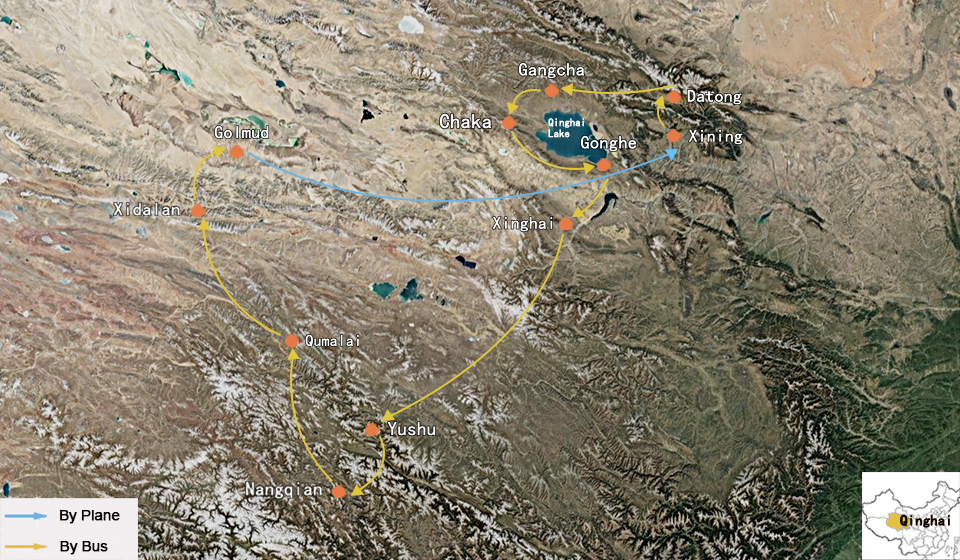
 Shay Xie
Shay Xie
